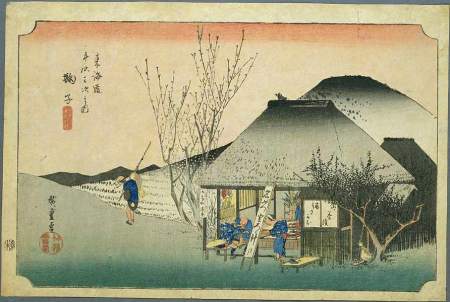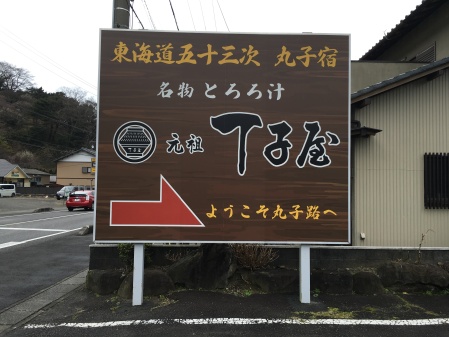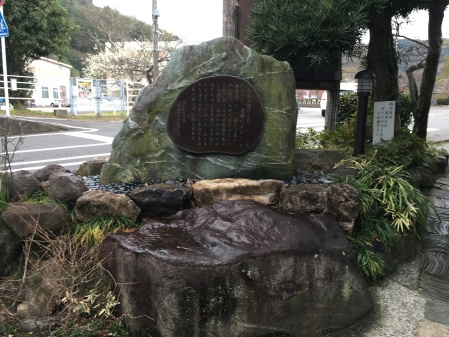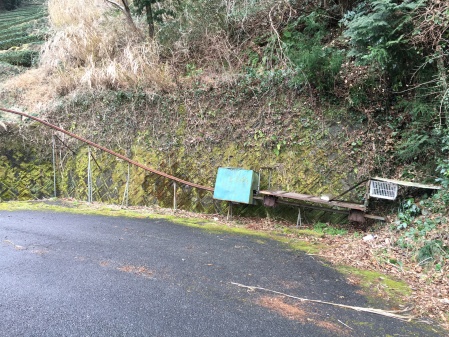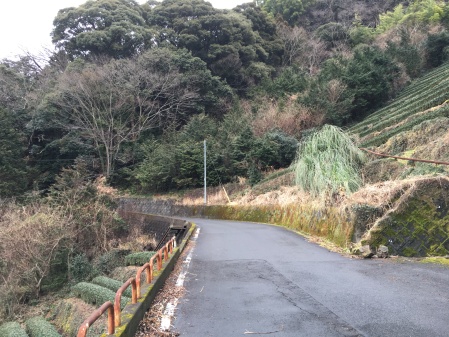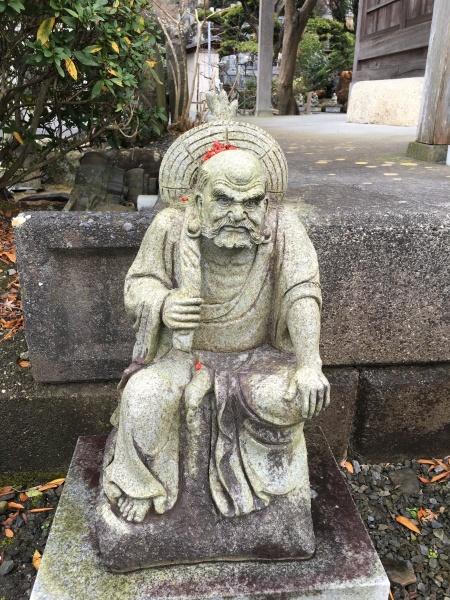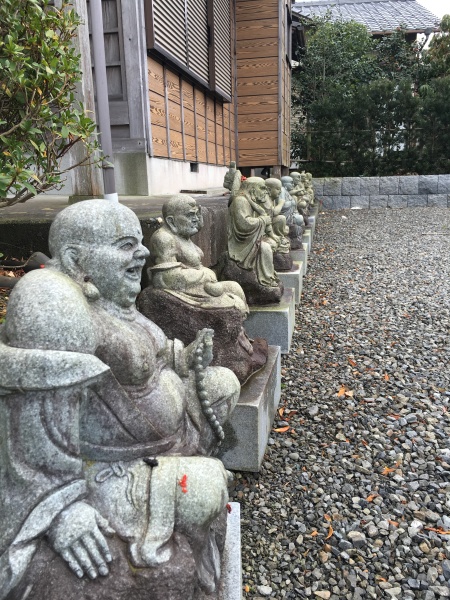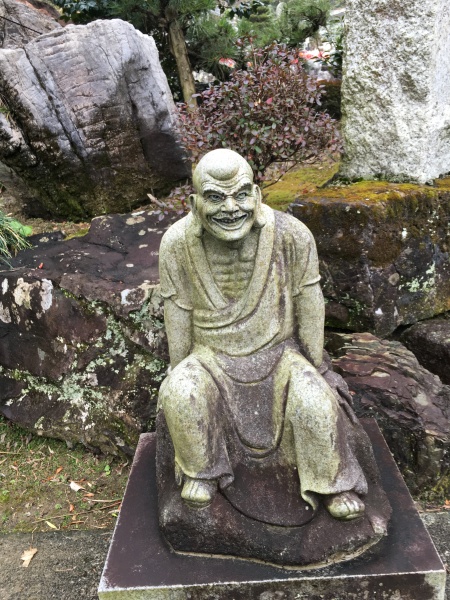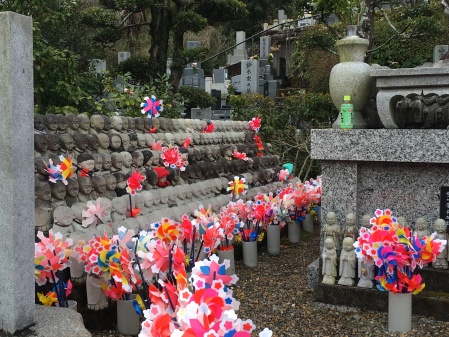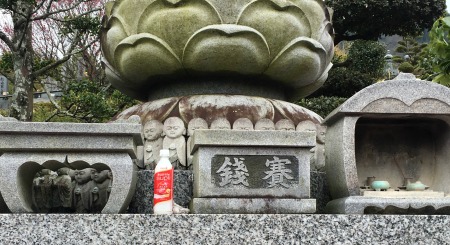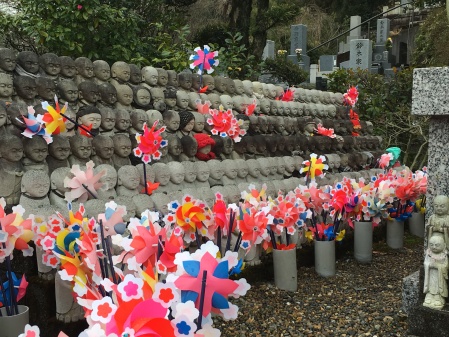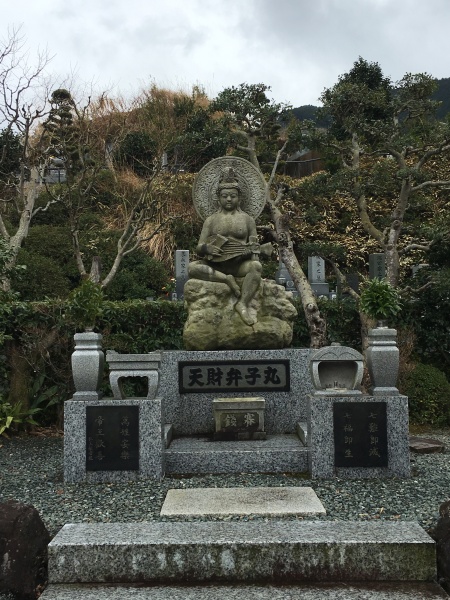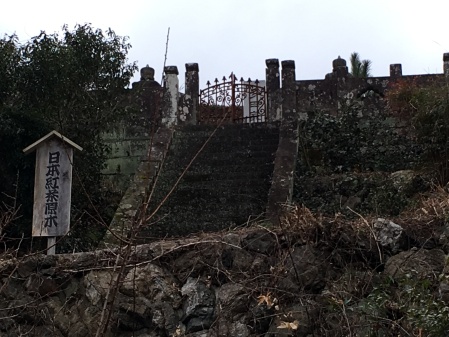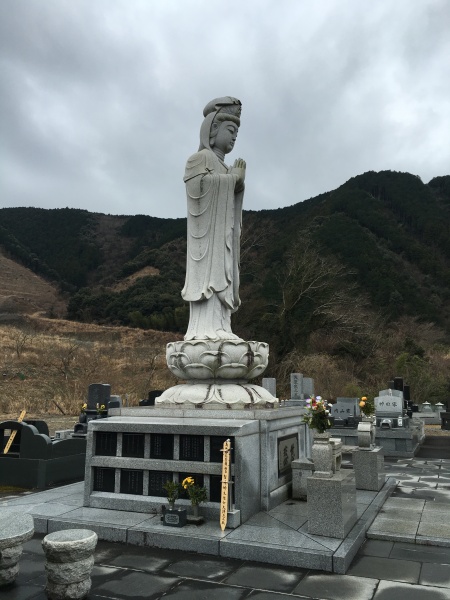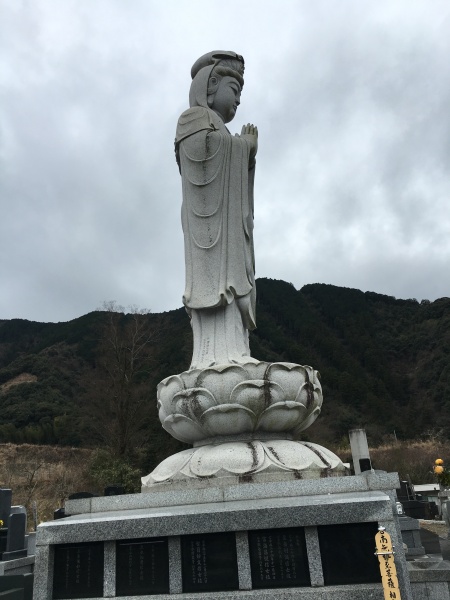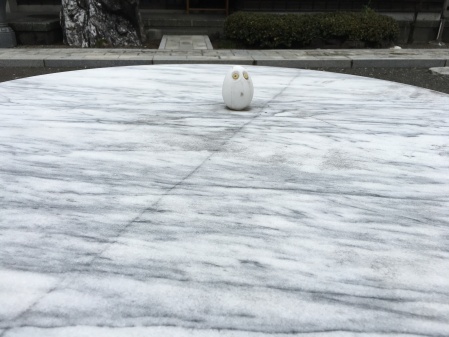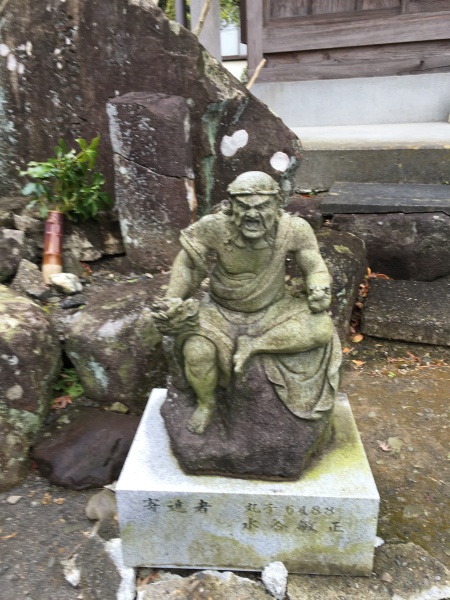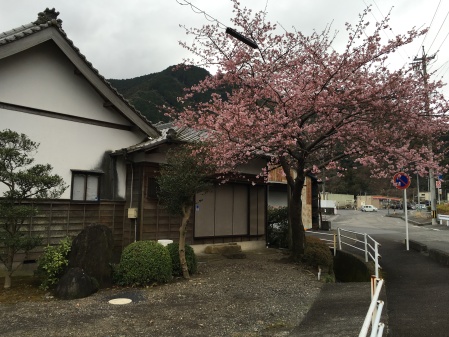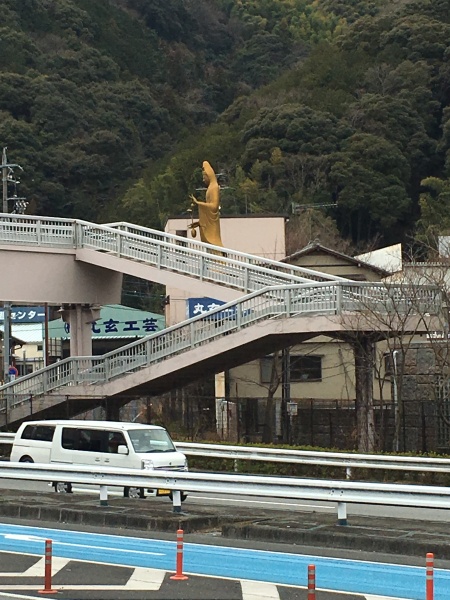not 55 encounters, or even 20. Station 20, Chojiya, Mariko, Shizuoka Prefecture.
not 12 encounters, but encounter 12, capiche? Look, this blog is not awash with brilliance, as you’ve already ascertained, garnered and gleaned. But it stands to keep memory. There are huge breaks, and in the future there probably will be again. 2013 had a total of about 8 posts.
However, I know I do things, and then I forget that I’ve done them. Maybe that’s okay, the natural order of things. But, sometimes when there’s a six month break, three months, a fortnight – looking over what was important at the time, or looking at what I decided to report does help contribute towards some understanding of the whole, some reflection on the past, some idea of how things (I) change and move on.
Like the Old Tokaido Road.
Now, lots of people walk the Old Tokaido Trail for many reasons. One is that many want to visit the 53 stations as those painted by Hiroshige. One of his prints opens this post. Some just dig the history, and for some, there’s a beauty in getting from point A to B.
Not my photo. Click the link above to go to the source.
I like the latter, but I don’t like to be getting from point A to B along too many heavy highways. Nature, thanks. The Tokaido road connected old Tokyo (Edo) with Kyoto, so as we update, the road most travelled gets converted into highways and byways, and let’s just say that following it, or nearby it, is not always the most pleasant experience in the world.
You can get mighty lost trying to follow it too. Something like the Bibbulmun Track through the south-west of Western Australia is quite beautiful. But then, unlike the Tokaido, it wasn’t a major trade route as it was established as a walking trail in the 1970s.
Even so, there are plenty of things to see along the way, and if you like side trips, plenty of things to do. Today’s adventure was to visit Mariko and Utsunoya – one a station of the Tokaido Road, apparently, and the other having some of the original Tokaido Road in place, and a Meiji era tunnel (more about that later). I am in no way an expert. I just saw a picture of a tunnel and thought that I wanted to go through it!
After you disembark at the Mariko-bashi Iriguchi bus stop, you will soon see this sign for tororo soup (grated yam) at Chojiya (I think!) – or nearby, at least.
See more about Chojiya below
In the Shizuoka area, these usually sport a lot of mikan or ponkan (forms of citrus). There were all manner of fruit and vegetables in the Mariko area.
Near Chojiya.
Near Chojiya.
Things are not as clearly marked as you might expect. That is, do a bit more research before you head out if you want to get a full return for your day. As said, you get off the bus at Mariko-bashi Iriguchi from Shizuoka Station. It’s a fairly quick walk to the famous Chojiya.
I should have entered, but I’m not a huge fan of grated yam. The restaurant is famous for its grated yam soup (tororo), and has been serving it since 1596. This building was featured in Hiroshige’s prints (or earlier versions of it), and apparently the restaurant has been in the family for 14 generations. You can see a copy of the print way above.
Chojiya – thatched roof.
I chose the fork of the road that was not the wisest. I had a map, but not the best kanji skills. The roads that surround these places are noisy and full of traffic, but off these roads are temples and historical sites. I didn’t take them. I struck out on the Tokaido, heading up to Utsunoya.

I love the smell of pine being cut, sawed and shaped, though I know it is the loss of a tree, and the addition maybe of a house, or some other kind of structure for someone.
As hinted at above, most of the historical sites, temples and so on, detailed on the map, seemed to be on the other side of the road. I’d taken a road running parallel with the main road, and took a little diversion that would have taken me who-knows-where as the road was zig-zagged and rose steeply. The sign above was at its entrance. It was peaceful though, and that’s where the tea shots are from.
I think these contraptions with cables were or are used to transport the tea once it has been harvested. Pulleys run up the hillsides from them.
If I am right, you can see why. The tea often grows on really steep inclines.
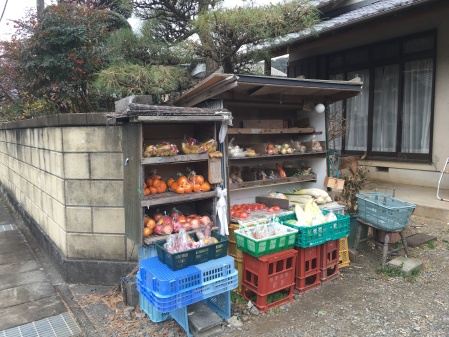
I don’t really think that these folk grew all of these items (especially not the bananas), but maybe they operated as a kind of neighbourhood deli.
I did pass this Chonenji Temple, though.
All of these guys would be boasatsu (bodhisattva) – or maybe gods, but this one looks pretty evil. I really appreciate their individual foibles all the more now after having viewed Takashi Murakami’s 500 arhats, as outlined in another post.
In this post (a really interesting read!) – not written by me! but by the Temple Guy, he talks about how
. . .this temple sports a “Mizuko Kannon.”
Mizuko–“water babies”–is the term applied to children who have died, especially as the result of abortion. This is big business in the religion racket here in Japan. People pay a fortune in “guilt money” to appease the souls of their dead children and help ease their passage in the underworld.
I did write about that on lizardrinking years ago. If you ever go to Osorezan in Aomori ken you’ll see a lot of the mizuko jizo and kanon. They are a common sight in Japan. Osorezan is quite spooky (it literally represents hell). This temple’s gardens were very peaceful.
The Temple Guy states that the next picture is
Benten-sama, the only woman of Japan’s Seven Lucky Gods, and the patroness of music (hence the biwa, a traditional stringed instrument)
He notes she is naked, which she is. Very peaceful.
Benten-sama over bridge
Benten-sama
Benten-sama
I walked around to the temple, and was struck by the gothic feel of this gate leading into the cemetery (haka).

At the top of the hill, overlooking the gravestones, was a large statue of Kanon, the Goddess of Mercy. She’s sometimes a man, sometimes androgynous.
Kanon
Coming down from here, I cut through the garden once more, crossed over the bridge that would represent passing from one world to another, and came across this table again. When I first saw it I thought there was a marble egg in the middle. But on closer inspection, I saw it was an
owl. You can’t really see that. I’ll crop the picture if I get the time. Or click on it to see it in a larger size.
I struck out once more along the Tokaido, or close to the Tokaido, or where the Tokaido once might have been.
All three deities.
Goodbye to this boasatsu with a dragon.
And to this one with a sheep.
Plum blossoms
Kanon from a distance.
A golden Kanon seemingly very near the top of a pedestrian overpass.
Another blog I was reading about the Tokaido road – the guy was heading towards Tokyo – stated that these signs were the distance to Tokyo. In this case it would be to Kyoto, but it seems a bit close. Maybe to Nagoya? Highway 1 – the Tokaido Road – the first highway.
There were many of these kinds of signs about. It’s quite a historic area. Maybe they were detailing the road or some other reference point.
Just around the corner from here I came across the first Utsunoya rest stop – modern day – with lots of maps and signs. There is more than one Utsunoya rest stop! Just beware if you are trying to complete a loop walk.
I probably would have preferred to have spent more time exploring here, than on the walk up to here. However, I’ll study in more detail the small side journeys that can be made from Mariko to enhance the journey the next time I come to the area.
The next post details a tunnel, trees, leaves, rain, earth soft underfoot, birds calling, walking some distance, then losing my nerve, and the delight of unexpected beauty. That is, the Utsunoya part of this encounter 🙂
